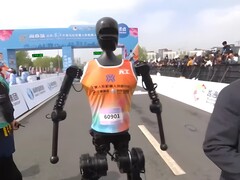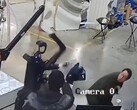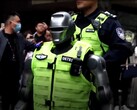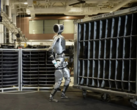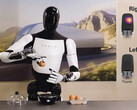In the future, humanoid robots are expected to increasingly assist or even replace humans in fields like healthcare, logistics and construction. A crucial requirement for this is the ability to walk reliably on two legs – even across long distances and in real-world settings. That’s exactly what was tested in Beijing, where humanoid robots took part in a half marathon for the first time.
As Werner Kraus from Fraunhofer IPA explained to the German website ingenieur.de, the robots’ participation was mainly a technical endurance test. The focus was on assessing the durability and energy efficiency of their drives, along with battery performance. A key challenge is balancing runtime and weight – larger batteries offer more range but also add weight, reducing overall efficiency.
The approximately 13-mile course led participants through the "E-Town" innovation district in southern Beijing. While human runners raced for top times, the robots had a different mission: simply to finish. In their category, speed wasn’t the goal – instead, the focus was on stability, endurance and reliable performance. The machines, ranging in height from 30 to 71 inches and weighing up to 194 pounds, ran either autonomously or with support from their developers.
The fastest human completed the race in 1:11:07, while the quickest robot, named "Tiangong", finished in 2:40:24. Other robots took much longer. Some wobbled, stumbled or only managed to move forward with assistance. Still, the event proved that humanoid robots are capable of covering long distances, even if they aren’t (yet) efficient or reliable enough for practical, everyday use. A few highlights from the race can be seen in the livestream recording below:
Source(s)
YouTube / CGTN




